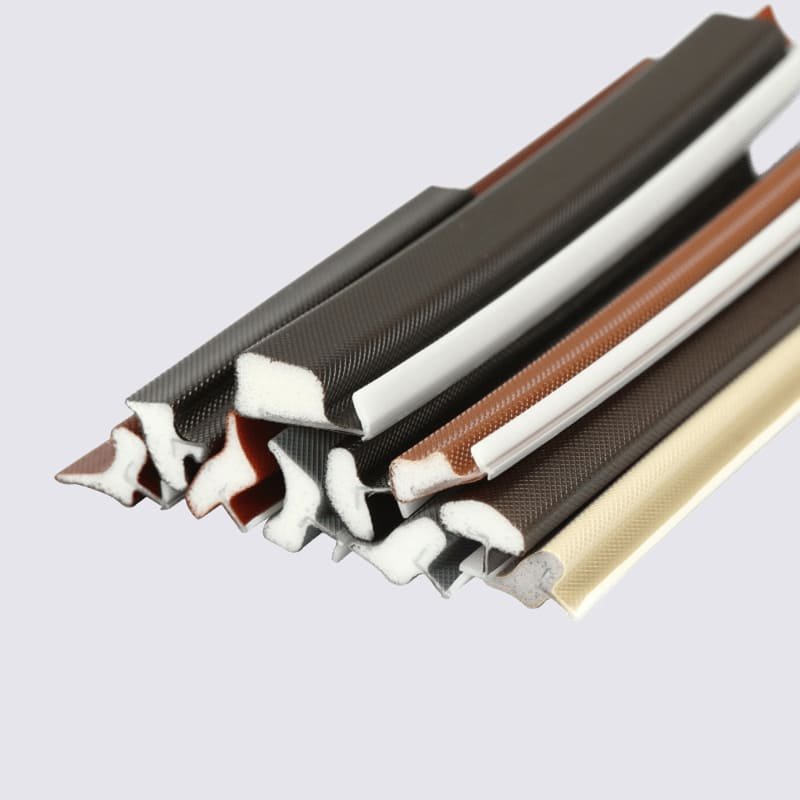Οι σωλήνες σιλικόνης παίζουν καθοριστικό ρόλο σε διάφορες βιομηχανίες, από την αυτοκινητοβιομηχανία και την αεροδιαστημική έως την ιατρική και την επεξεργασία τροφίμων. These versatile hoses are known for their exceptional durability, ευκαμψία, and resistance to extreme temperatures. Have you ever wondered how silicone hoses are made? Σε αυτό το άρθρο, we will take a closer look at the intricate process behind the manufacturing of silicone hoses.
Material Selection
Silicone hoses are primarily made from silicone rubber, a synthetic elastomer renowned for its outstanding properties. The material selection process begins with careful consideration of the intended application, temperature range, pressure requirements, and other specific needs. Silicone rubber offers excellent resistance to heat, κρύο, όζο, and UV radiation, making it an ideal choice for a wide range of industries.
Mixing and Compounding
To create silicone rubber suitable for hose production, a precise blending of raw materials is required. The process typically involves combining silicone polymers, fillers, cross-linking agents, and additives. The mixture is carefully compounded using specialized equipment to ensure uniform distribution and achieve the desired physical properties of the final product.
Εξώθηση
Once the silicone rubber compound is ready, it undergoes the extrusion process. Extrusion involves forcing the compound through a die, which gives the hose its desired shape and dimensions. The extruder machine applies heat and pressure to soften the silicone compound, making it easier to mold. As the compound passes through the die, it is cooled rapidly to maintain its shape and ensure dimensional accuracy.
Ενίσχυση
Silicone hoses often require reinforcement to enhance their strength and durability. Reinforcement materials such as polyester or aramid fibers are incorporated into the hose during the extrusion process. These materials provide added structural support, enabling the hose to withstand higher pressure and resist deformation.
Curing
After the hose has been extruded and reinforced, it undergoes a curing process to transform the silicone rubber into its final state. Curing typically involves subjecting the hose to high temperatures, which activate the cross-linking agents present in the silicone compound. This cross-linking process imparts the desired physical properties, such as increased tensile strength and resistance to compression set.
Post-Curing and Finishing
Once the curing process is complete, the hoses are post-cured to further optimize their properties. Post-curing involves subjecting the hoses to controlled temperatures for an extended period, allowing for any residual curing to take place. This step ensures the hoses achieve their maximum performance and stability.
Following post-curing, the hoses undergo finishing processes, which include trimming, επιθεώρηση, and quality control checks. Trimming removes any excess material or imperfections, ensuring the hoses meet the required specifications. Rigorous inspection procedures are carried out to identify any defects, such as air bubbles, surface irregularities, or inadequate reinforcement. Quality control checks verify the hoses’ dimensional accuracy, strength, and overall integrity.
συμπέρασμα
Silicone hoses are manufactured through a meticulous process involving material selection, compounding, extrusion, reinforcement, curing, post-curing, and finishing. The combination of advanced materials and precise manufacturing techniques ensures that silicone hoses meet the demanding requirements of various industries. Whether it’s transporting fluids, gases, or high-temperature substances, silicone hoses offer exceptional performance, αντοχή, και αξιοπιστία.
As you now understand the intricate process behind silicone hose manufacturing, you can appreciate the complexity involved in creating these essential components. Whether you encounter silicone hoses in your car, a medical device, or an industrial application, you can have confidence in their quality and the expertise that goes into their production.



